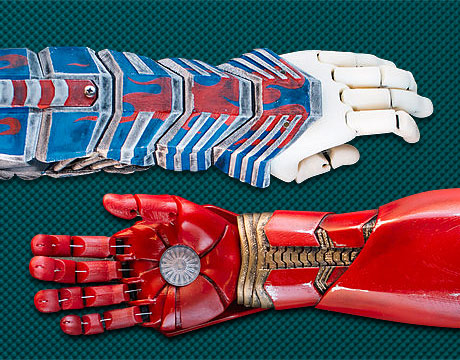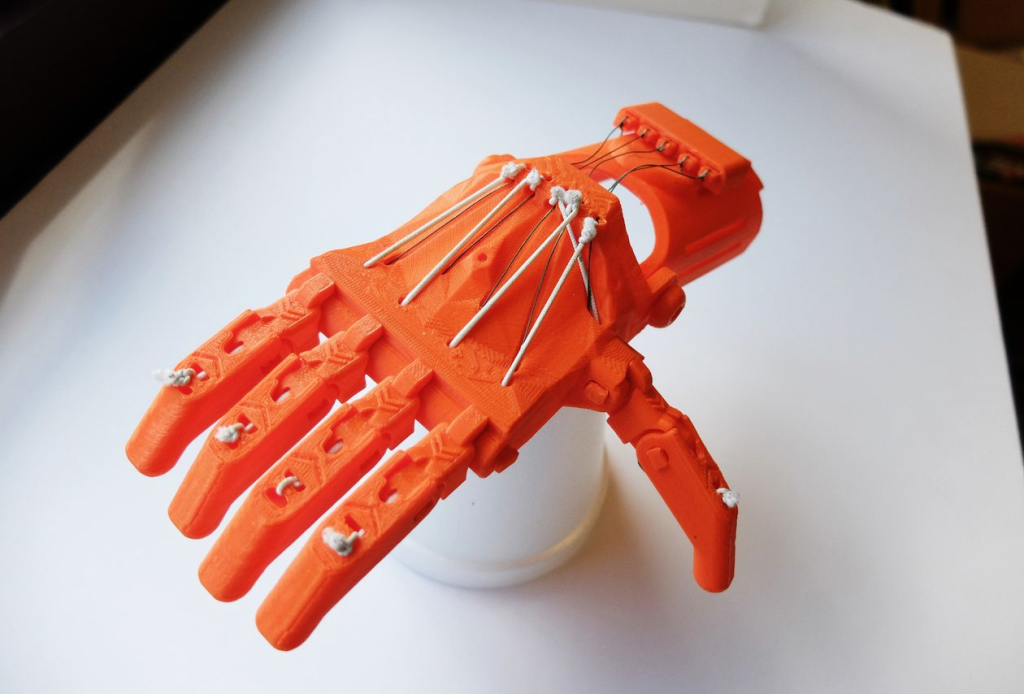About a hundred million people across the world require the support of prosthetics for their damaged limb. While many people have been using traditional prostheses for support for years, a majority of them either can’t afford to invest in one for themselves since these prostheses sell for thousands of dollars and require frequent replacement or they feel like they are looked at differently in the society with their distinct looking limbs. With the evolution of 3D printing, people with physical disabilities are exposed to a whole range of possibilities. It is crucial to explore these prosthetics along the lines of different models of disability to better understand why they are accessible or not.
Affordability and accessibility
With prices as low as a few hundred dollars, 3D printed prostheses are affordable for a greater number of people with physical disabilities. Young users of ages below 16 years often require replacements since they outgrow their prostheses. Low prices make it easier for parents to provide their children with physical disabilities with accurately sized prostheses. By adopting the Economic Model of Disability, we can understand how readily available 3D printed prosthetics can help persons with impairments overcome economic inequities. These prosthetics provide a workable substitute, guaranteeing that people do not suffer financially as a result of their disability.
Utility
Traditional prosthetic makers take weeks and sometimes even months to make just one prosthetic implant. 3D printed prostheses give people with physical disabilities access to their personalized prosthetic implant within just a few hours. Based on the extent of disability, these 3D printers can make assistive designs of all shapes for any part of the body. The use of a 3D printer creates lighter designs which reduces the strain on users making it more comfortable for use for extended durations.

Desirability
The flexibility of 3D printed prosthetic implants is their ability to be customized to fit each individual’s unique needs and preferences. With this capability, 3D printing offers exact adjustments, whether it’s a hand prosthetic with movable fingers for complicated jobs or a leg prosthetic built for a particular sport. Considering the Social Model of Disability that illustrates the constraints that society places on people with disabilities, 3D printed prostheses encourages inclusion through customization.
Usability
Despite the numerous possibilities, 3D printed implants fail to allow users to partake in intense physical activities. Having been built with multiple layers of hot plastic, these implants can not sustain forceful movements restricting extended capabilities for people with physical disabilities since they break away easily when pulled the wrong way. A well-manufactured prosthetic implant lasts only 3-5 years. In an attempt to potentially extend the prospects, scientists are now researching stronger materials to increase durability and strength.
Conclusion
3D printing has completely revolutionized possibilities in accessibility for people with physical disabilities. Fair prices and customization have enabled users of all ages and backgrounds to gain access to assistance through the 3D printed implants. The various models of disability allow us to understand and acknowledge the opportunities and limitations that the 3D prostheses provide. It is crucial to address the usability issues and ensure that people with physical disabilities are provided with safe and reliable assistive technology.
